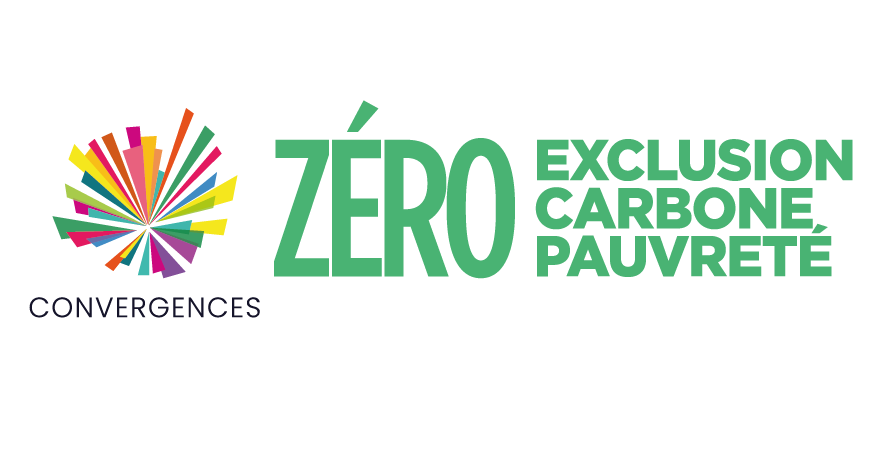
While microfinance is still a young sector, it has experienced significant annual global growth in recent years, averaging close to 9%: joint interview with Eric Campos (Head of Social and Corporate Responsibility, Crédit Agricole SA & CEO, Grameen Crédit Agricole Foundation), Alain Lévy (Head of Microfinance for Americas and Asia, BNP Paribas) and Dominique Lesaffre (CEO, SIDI) on the profitability of the sector and the best practices to combine economic and social performance.
What motivated your respective organisations to invest in microfinance?
Alain Lévy (AL): BNP Paribas has been active in the sector since 1989. Within the Group, the microfinance department does not follow a traditional commercial approach. Even if we practice a fair margin on our operations, our objective is mainly social because it requires us to finance 350,000 micro-borrowers by the end of 2018. It is an opportunity to contribute to the social development and the financial inclusion of fragile populations in countries where we work.
Dominique Lesaffre (DL): SIDI’s mission is to support the socio-economic integration of marginalised populations by focusing on the “social return” of its action. More specifically, SIDI aims at sustaining, developing and improving the supply of financial and non-financial services, particularly in underserved areas (countries in crisis, rural areas, Sub-Saharan Africa). For this reason, we support the institutional, economic and social consolidation of local MFIs.
Eric Campos (EC): We are not investors but operators. The Foundation was created by Crédit Agricole in association with the Nobel Peace Prize Laureate Professor Yunus to fight poverty rather than investing in the fight against poverty. This is a major difference. We were created to take part in the process of eradicating poverty alongside other actors. For this purpose, we put into place a wide range of actions all of them conceived with a common objective: the quest for impact maximisation and sustainability of our interventions.
How do you manage financial risks in your microfinance activities?
EC: There are several types of risk: the most common ones refer to the counterparty risk, the currency risk and the interest rate risk. Our approach focuses on protecting our partners by adapting the structure and nature of our financing according to their activity. We work with MFIs whose grant loans almost systematically in local currency, in order to avoid exposure to currency risk. We lend at a fixed rate to protect our clients from regular fluctuations. Regarding counterparty risk: after setting up our financing, we monitor and anticipate it by using key indicators. For this purpose, all necessary information is provided by our partners on a quarterly (sometimes even monthly) basis.
AL: For our part, we have conducted a lot of internal education to explain to the bank’s staff that microfinance is not a philanthropic activity but a social business. We have therefore implemented the same procedures as for the other credit lines: creation of a specific risk policy, due diligence, drafting of a credit proposal, presentation in a risk committee, quarterly monitoring… Our objective is twofold: to demonstrate that MFIs have the financial capacity to repay their loans while respecting their social mission towards their micro-borrowers. Finally, all our investments are also issued in local currency.
After several years of investment, what is your assessment of the microfinance sector? Has it been profitable for your organisations to invest in this sector?
EC: The microfinance sector is a young sector that has experienced many improvements in social and financial performance mostly driven by private actors. For instance, international standards have been enacted by practitioners gathered in the SPTF, an association in charge of encouraging the production of new standards for assessing social performance. For its part, the Foundation has recorded a positive net result. It has supported and financed more than 60 microfinance institutions with a demonstrated high level of social performance management. We currently operate in more than 30 countries and partner with local MFIs that serve approximately 3.5 million beneficiaries. Therefore, it is entirely possible for an institution to be financially sustainable at the same time that it generates a relevant social impact.
DL: After 35 years in the sector, SIDI is satisfied with the results of its investments on the structuring of local institutions, and therefore on the quality and sustainability of services provided to the population. For example, Amret in Cambodia, and Centenary Bank in Uganda, two MFIs that we have supported and for which we were the founding shareholder have since then become profitable and efficient leaders of their respective markets. It is also worth noting that our internal rates of return on microfinance investments, loans and equity investments combined are positive. This confirms that it is possible to fulfill a strong social mandate while being profitable.
How can we ensure that social performance is not sacrificed on the altar of profitability?
AL: Profitability is necessary in the sector given that it implies sustainability. For the MFIs in our portfolio, we ensure that the search for profitability is consistent with their social mission. During field missions, we check interest rates and visit villages to discuss MFIs’ practices with micro-borrowers. We have also set up a technical assistance program by deploying CERISE’s SPI4 social performance analysis tool. After training them, we send pairs of executives on the field for a week to analyse MFI’s social performance.
DL: If social accountability is not just a shallow concept to satisfy CSR needs, and if it meets MFI’s strategic objectives instead, then social performance has its rightful place and does not need to conform to the standardisation currently observed, which tends to reduce the ability of institutions to define their strategic priorities. Under this condition, social performance can even become one of the bases for financial profitability as it might lead to lower costs (customer loyalty, reduction in PAR, staff turnover, etc.).
interview by Baptiste Fassin
Publication Officer
Convergences
